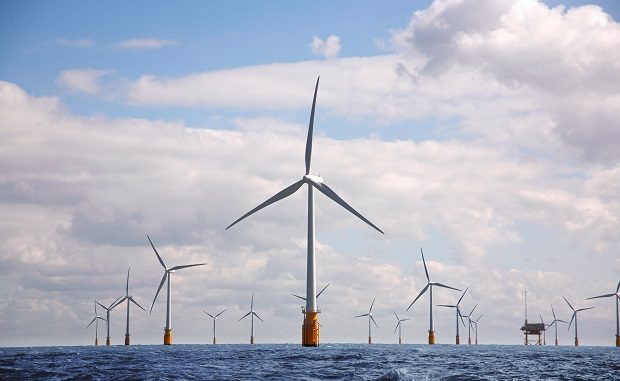
A decision is still being awaited for Vattenfall’s Development Consent Order application to extend the Thanet Offshore Wind Farm.
The Planning Inspectorate (PINS) accepted the proposed project for examination in 2018 following 18-months of consultation with residents and businesses by Vattenfall.
The Examining Authority issued a Recommendation Report to the Secretary of State on September 11, 2019.
Initially the decision was due to have been announced on December 11 but this was put back to June 1, 2020, to allow for more information to be received.
Similar to the Manston airport DCO, which had been due to be announced on May 18, the decision date appears to have passed with no announcement as yet.
An extension to the Manston DCO was announced the day after its decision date.
A decision on the Norfolk Vanguatrd wind farm DCO, also due today, has been pushed back to July 1.
In the Vattenfall application the Swedish energy group proposes to deploy up to 34 wind turbines by 2023 in a development area close to the existing wind farm, 8km off Foreness Point. The scheme would have a capacity of up to 340MW and would be capable of supplying renewable electricity annually to the equivalent of approximately 282,000 UK homes.
The turbines will be up to 250 metres tall.
The firm says if Thanet Extension joins its Kent cluster of offshore wind farms it will allow Vattenfall to expand the existing workforce of 75 people currently working from the Ramsgate operations and maintenance base.
The rapidly declining costs of offshore wind deployment means that Thanet Extension could be one of the lowest cost offshore wind farms in European waters.
The Kent cluster is made up of Kentish Flats (90MW operational since 2006), Thanet Offshore Wind Farm (300MW, operational since 2010) and Kentish Flats Extension (49.5MW operational since 2015).
Project details
| Number of turbines: Up to 34 |
| Installed Capacity: up to 340MW |
| Turbine size (capacity and height range). Maximum height 250m. Individual turbine capacity dependent on technology. 10MW and 12MW assumptions used as basis for EIA and illustrated in PEIR. |
| Cables onshore (number and length) up to 4 circuits, each comprised of 3 individual cables (12 cables in total), either trenched or surface lay and cover. Onshore cable route distance of ~2,5km |
| Cables offshore (number and length): 4 cables at 28km maximum distance |
| Landfall Location: Pegwell Bay |
| Grid Connection and substation: Substation at Richborough Port, up to two 400kV connection cables between substation and grid connection at Richborough Energy Park |

